Subscribe to our ▶️YouTube channel🔴 for the latest videos, updates, and tips.
Home | About Us | Contact Us | Privacy | Math Blog
Properties of Surds
We will discuss about the different properties of surds.
If a and b are both rationals and √x and √y are both surds and a + √x = b + √y then a = b and x = y
If a not equal to b, let us assume, b = a + m, where m (m ≠ 0) is a rational.
Now, by question, a + √x = b + √y
⇒ a + √x = a + m + √y
⇒ √x = m + √y, which is impossible (since a simple quadratic surd cannot be equal to the sum of a rational quantity and a simple quadratic surd).
Therefore, we must have, a = b.
When a = b then a + √x = b + √y ⇒ √x = √y ⇒ x = y.
Notes:
1. If a - √x = b - √y where a, b are both rationals and √x, √y are both surds, then proceeding as above we can show a = b and x = y.
2. If √x and √y are actually rationals (in the form of surds), then the relation a + √x = b + √y does not imply a = b and x = y.
For example, we have,
10 = 6 + 4 = 6 + √16 and 10 = 4 + 6 = 4 + √36
⇒ 6 + √16 = 4 + √36
Evidently we cannot have, 6 = 4 or 16 = 36.
This is due to the fact that √16 and √36 are not surds, they represent rational numbers.
3. If a + √x = b + √y where a, b are both rationals and √x, √y are both surds then, a = b i.e. rational parts of two sides are equal and x = y i.e., irrational parts of two sides are equal.
4. If a - √x = b - √y where a, b are both rationals and √x, √y are both surds then, a = b i.e. rational parts of two sides are equal and x = y i.e., irrational parts of two sides are equal.
5. If a + √x = 0, then a = 0 and x = 0.
6. If a - √x = 0, then a = 0 and x = 0.
7. If a + √x = b + √y then, a - √x = b - √y
8. If √(a + √x) = √b + √y then √(a - √x) = √b - √y
9. Identically, if √(a - √x) = √b - √y then √(a - √x) = √b - √y.
11 and 12 Grade Math
From Properties of Surds to HOME PAGE
Didn't find what you were looking for? Or want to know more information about Math Only Math. Use this Google Search to find what you need.
Recent Articles
-
Area of Rectangle Square and Triangle | Formulas| Area of Plane Shapes
Jul 18, 25 10:38 AM
Area of a closed plane figure is the amount of surface enclosed within its boundary. Look at the given figures. The shaded region of each figure denotes its area. The standard unit, generally used for… -
What is Area in Maths? | Units to find Area | Conversion Table of Area
Jul 17, 25 01:06 AM
The amount of surface that a plane figure covers is called its area. It’s unit is square centimeters or square meters etc. A rectangle, a square, a triangle and a circle are all examples of closed pla… -
Worksheet on Perimeter | Perimeter of Squares and Rectangle | Answers
Jul 17, 25 12:40 AM
Practice the questions given in the worksheet on perimeter. The questions are based on finding the perimeter of the triangle, perimeter of the square, perimeter of rectangle and word problems. I. Find… -
Formation of Square and Rectangle | Construction of Square & Rectangle
Jul 16, 25 11:46 PM
In formation of square and rectangle we will learn how to construct square and rectangle. Construction of a Square: We follow the method given below. Step I: We draw a line segment AB of the required… -
Perimeter of a Figure | Perimeter of a Simple Closed Figure | Examples
Jul 16, 25 02:33 AM
Perimeter of a figure is explained here. Perimeter is the total length of the boundary of a closed figure. The perimeter of a simple closed figure is the sum of the measures of line-segments which hav…

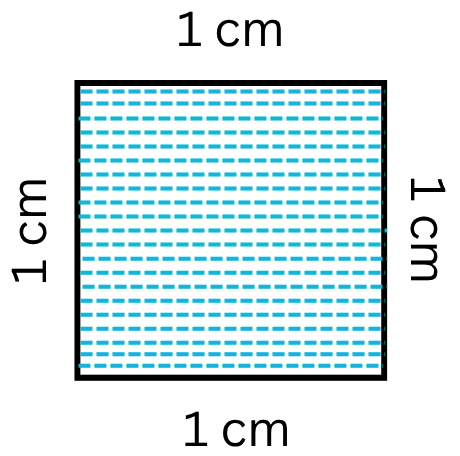
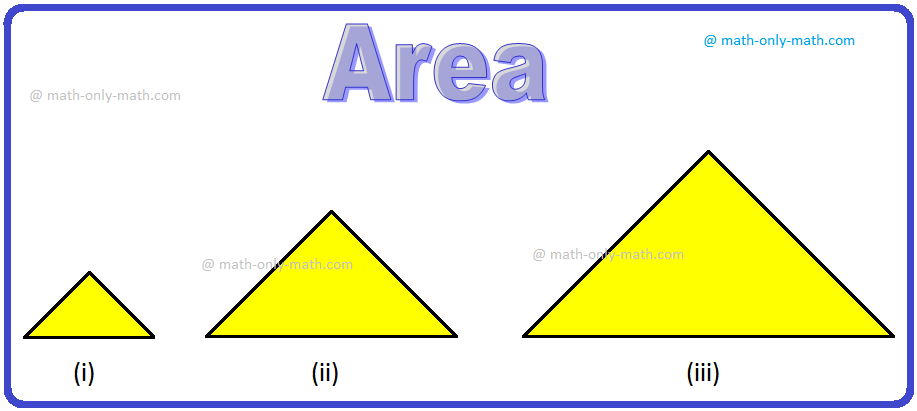
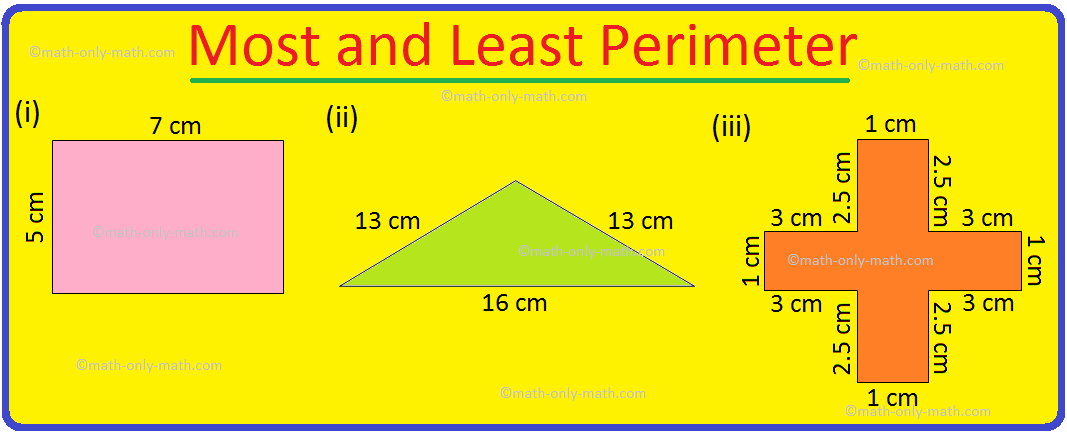
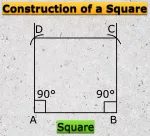
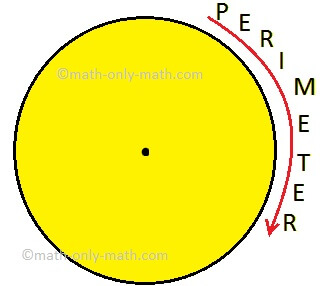
New! Comments
Have your say about what you just read! Leave me a comment in the box below. Ask a Question or Answer a Question.